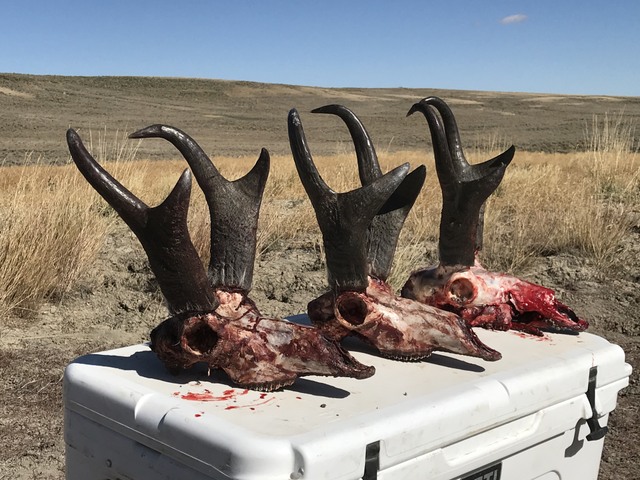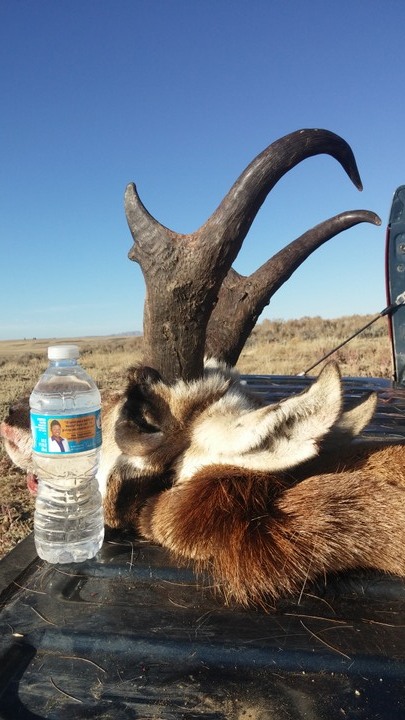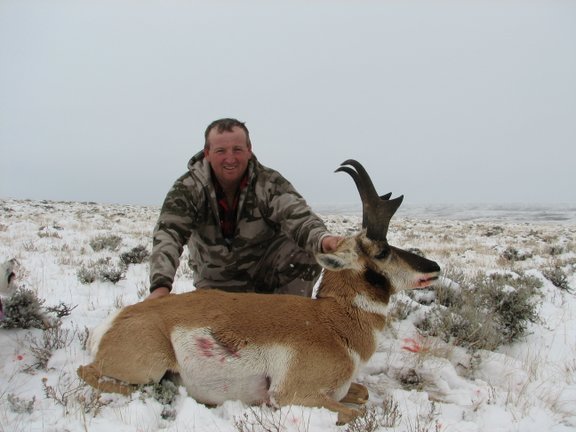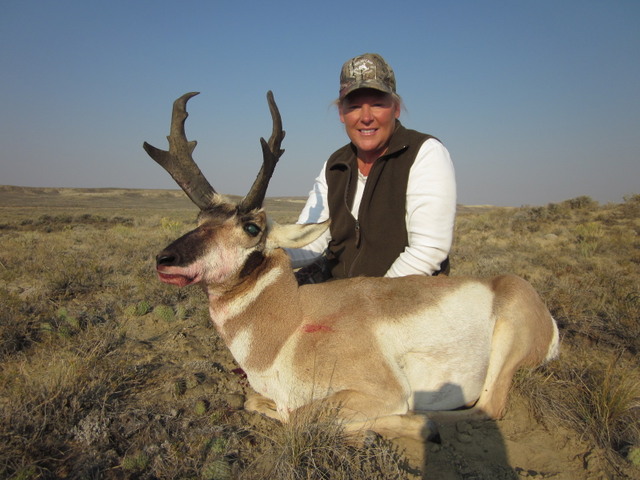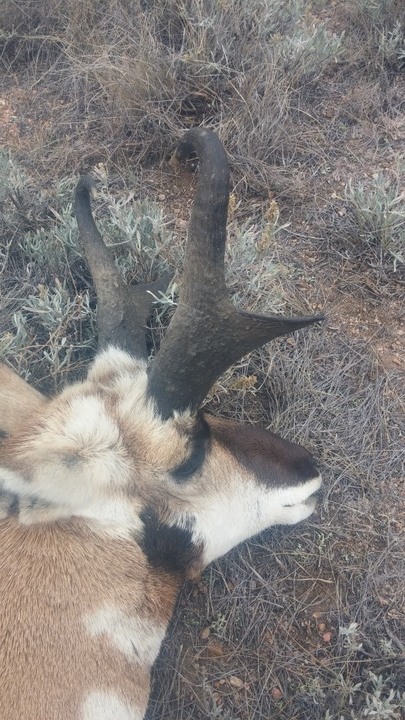sqdougherty
FNG
Anyone have any good recommendations or thoughts on where to get some good info to help with field judge Antelope?

Field judging speed goats is one of the trickier things to do. Big boys are always easy. It's the mid-70's to low 80's that are really tough. Good optics (ie. spotter) make it easier, but still tough especially at distance.
I start with the ear and eye method. That is to determine if the height makes it worth taking a closer look or spending some time on him. Remember, mass is very important, especially above the paddles. Also, big paddles can push you over the edge. But even a tall goat without mass up top will score lower than you think.
The more you see/field judge, the better you get at it. Plus, it's darn fun just watching them chase after their girls and fight off young bucks.


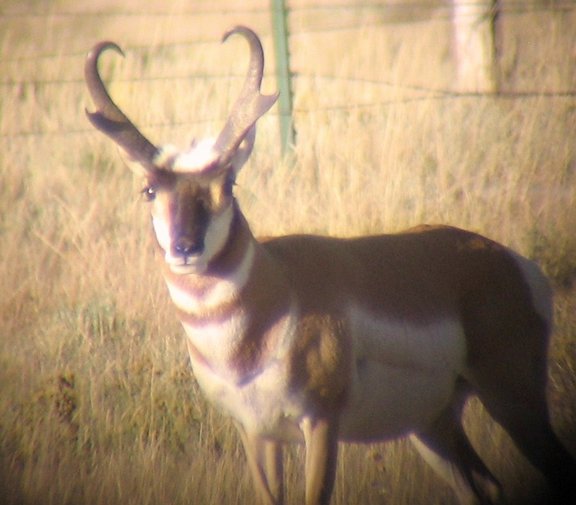
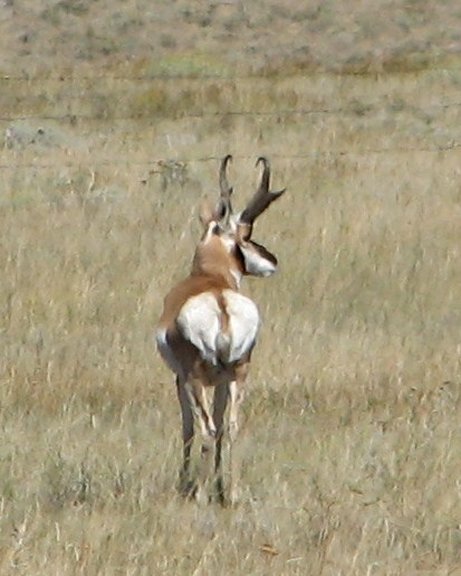
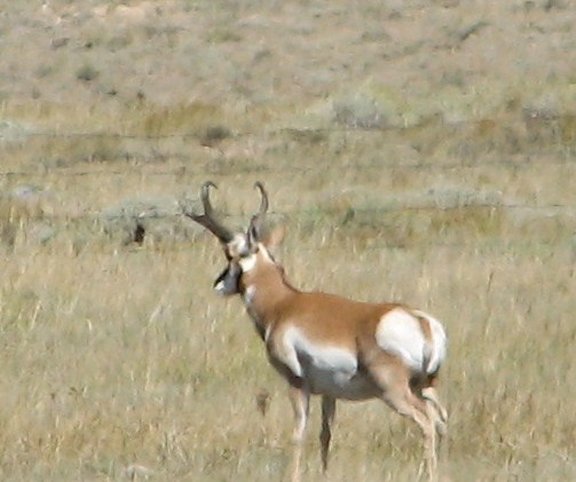
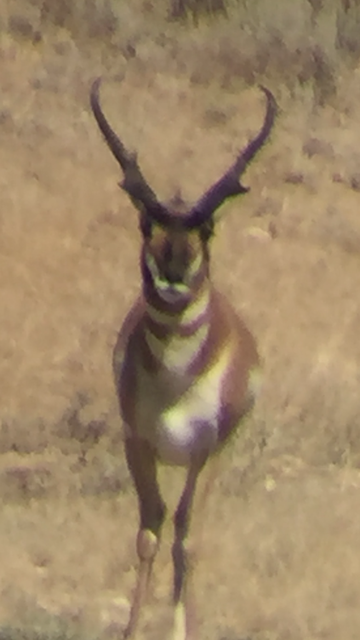
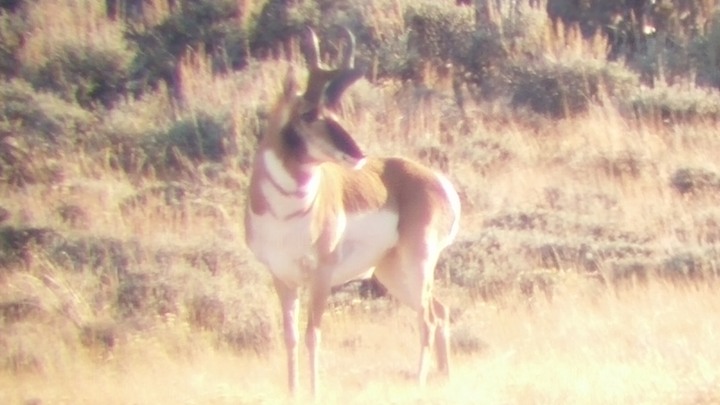
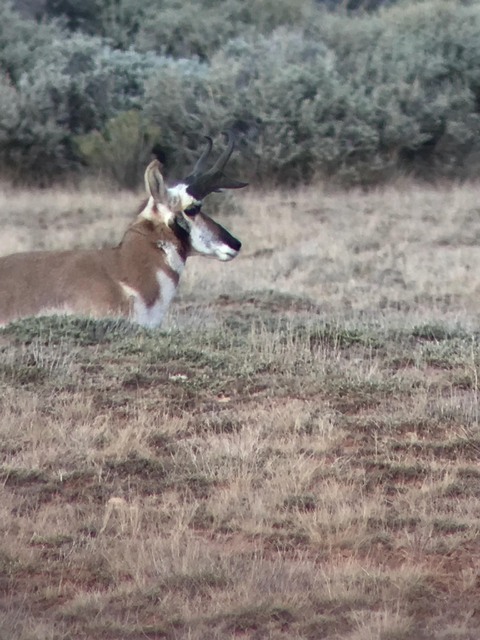
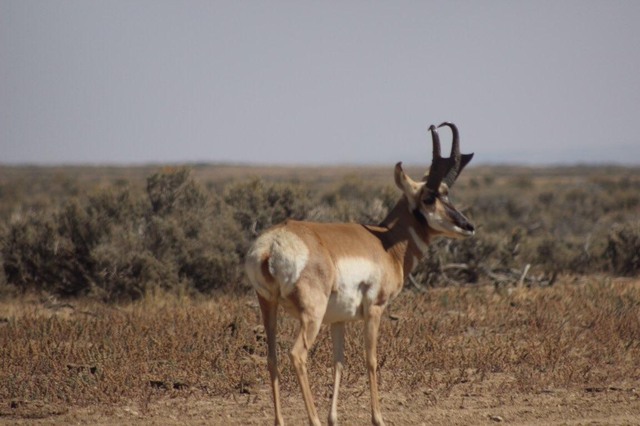
Nice pics Buzz, that's for sharing! If you want to see bucks with mass and prongs take a look at photos on Tony Grimmetts website: http://www.pronghornguideservice.com/older-photos.html
